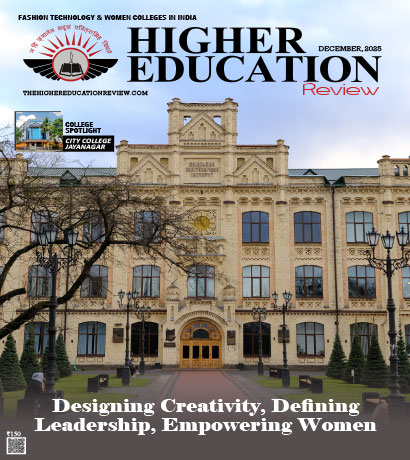The Mass Educators of our Nation

The private universities in the country are often criticized for their poor quality of education and a larger focus on profit making avenues. While this may be true in some cases, private universities play a significant role in fulfilling our country's growing demand for quality higher education. 60 percent of college-going students in the country today are enrolled in private institutions. Rapidly increasing demand for higher education in India is part of a global trend with worldwide enrolment expected to rise from 100 million in 2000 to 260 million in 2025. This led to the number of higher education institutions doubling and enrolment increasing five-fold over the past decade.
The three tiers of Indian Higher Education: elite public institutions, second-tier public and private institutions, and finally private institutions providing mass education serving the student population of the country are growing considerably. In most developing countries, elite institutions are publicly owned and heavily subsidized. In India too, the government spends a significant amount per student for IITs and IIMs. Commercial private players often do not have the same motivation to incentivize education, and have therefore not pursued quality higher education actively. However, with rapid economic growth, the private sector has reacted to the needs of our workforce and set up a large number of professional colleges, especially in engineering and management. In this edition we have tried to identify some key names in the domain.
In this issue of Higher Education Review, we present to you University of the Year, 2015, which has been conducted on the basis of Nominations received from the Universities. The Nominations have been further evaluated and shortlisted by a panel of Educationalists, HR Recruiters, and the HER Editorial team based on the data inputs provided by the institutes. This is a part of our continuing effort to create comprehensive ranking of Universities in India that will benefit the student community to make the accurate decisions about their study destinations.
We hope this proves to be beneficial to you.
Do let us know.
The three tiers of Indian Higher Education: elite public institutions, second-tier public and private institutions, and finally private institutions providing mass education serving the student population of the country are growing considerably. In most developing countries, elite institutions are publicly owned and heavily subsidized. In India too, the government spends a significant amount per student for IITs and IIMs. Commercial private players often do not have the same motivation to incentivize education, and have therefore not pursued quality higher education actively. However, with rapid economic growth, the private sector has reacted to the needs of our workforce and set up a large number of professional colleges, especially in engineering and management. In this edition we have tried to identify some key names in the domain.
In this issue of Higher Education Review, we present to you University of the Year, 2015, which has been conducted on the basis of Nominations received from the Universities. The Nominations have been further evaluated and shortlisted by a panel of Educationalists, HR Recruiters, and the HER Editorial team based on the data inputs provided by the institutes. This is a part of our continuing effort to create comprehensive ranking of Universities in India that will benefit the student community to make the accurate decisions about their study destinations.
We hope this proves to be beneficial to you.
Do let us know.

